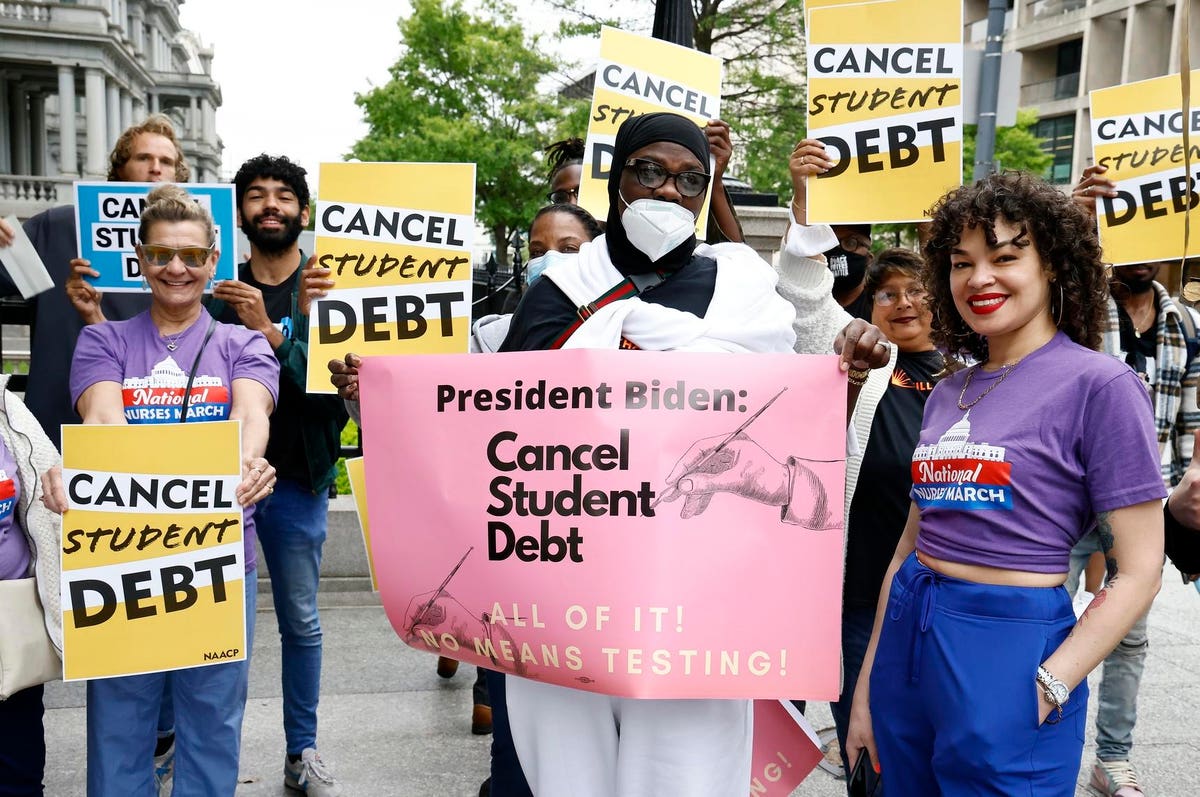With the resumption of college loan payments, borrowers are understandably bummed. Extra monthly debts are always burdensome, especially when you’ve had a break during the COVID repayment “pause.”
Can you still get on track without hurting your credit score, which determines how much you will pay for borrowing? There are some specific steps to take, according to Monique White of Self Financial.
- Check your credit report – Verify your balance, status, and who holds your student loan. Not sure who to contact to start your payments? Your credit report will list your lender as well as their contact information. Also note – your student loan shows as an “installment loan” on your credit report. And although your balance does not directly affect your score, you want to make sure any previous payments you have made were correctly applied to your balance. Double check to see if there are any late payments listed under your account. Payment history makes up 35% of your score and a late payment can negatively impact your credit score.
- Add positive payment history to your credit report – Sign up to have your rent and utility bills– which you already pay for each month– reported to the credit bureaus so that you have positive payment history on your credit report. On-time payments account for about 35% of your score.
- Keep up communication with your lenders. If you have a financial hardship and can no longer make your payment, let your provider know. They can give you options to either pause payments or reduce the minimum payment for a while. With payment history making up 35% of your credit score, this can be especially important so you aren’t hit with any late payments.
- Make extra payments. If your budget allows, make extra payments to your student loans. Your student loans charge you interest on the amount you owe. Applying more than the required payment can reduce the interest and the total loan cost. You can use a student loan calculator to see how long it will take you to pay off the loan.
Are you a teacher, government employee, non-profit worker or disabled? You may qualify for forgiveness under a federal program call “Public Service Loan Forgiveness.”
According to the U.S. Department of Education, “in certain situations, you can have your federal student loans forgiven, canceled, or discharged. That means you won’t have to pay back some or all of your loan(s). The terms “forgiveness,” “cancellation,” and “discharge” mean essentially the same thing if you qualify for this program. To see if you qualify, click here.
The bottom line is to explore all of your options, keep your credit record clean and stay current with payments. Do your homework and you won’t get burned. Contact your loan servicer for details on how you save money.
Read the full article here













